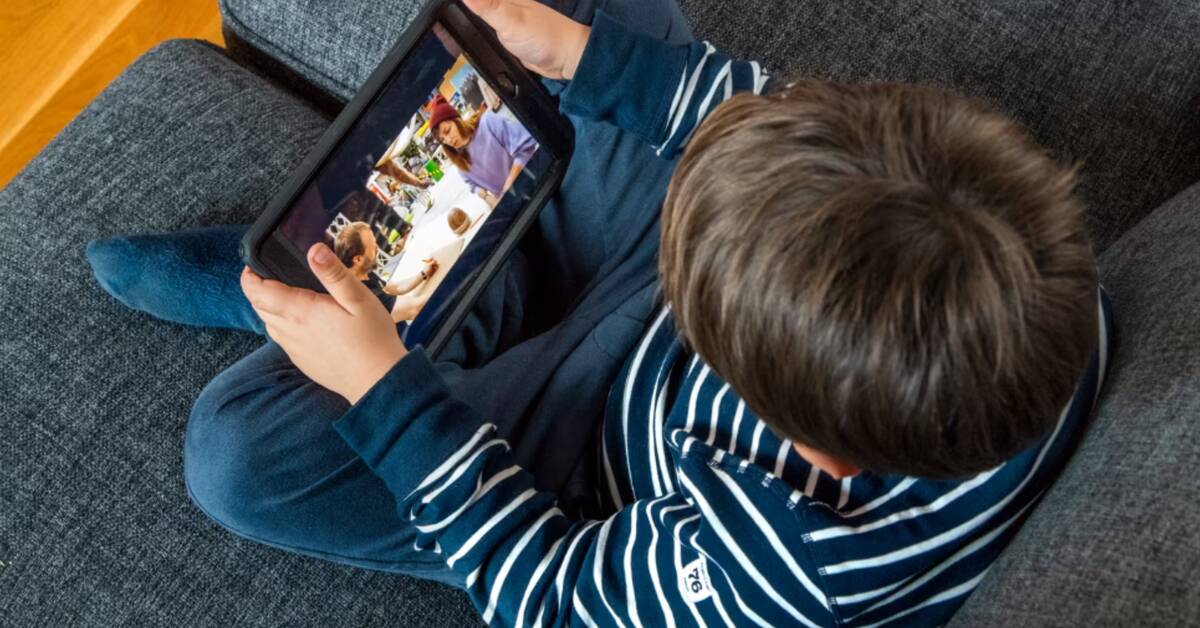When SVT Småland first asked Region Kronoberg about the basis for the council on a maximum of 40 minutes of screen time, the eye clinic referred to "research" and the WHO's guidelines for children's screen time.
But the WHO guidelines say nothing about the link between poorer vision and screen time. They are also not aimed at school-age children, but at children between 0 and 4 years old.
Take a break after 30-40 minutes – "Possibly misunderstood"
When SVT therefore contacts the clinic again, we get the basis for a lecture held at the conference Optometridagarna 2019. It says it is good to "take a break after 30-40 minutes". In an email, they write that they "Possibly have misunderstood the time 30-40 minutes that is there to apply per day..."
But they do not want to participate in a television interview to explain how this wording could have been misinterpreted in this way.
"We can't find the actual study that the lecturer refers to, but it may be that this lecturer said something verbally," says Yvonne Löf, orthoptist at the eye clinic in Region Kronoberg and who co-wrote the document, later by phone.
Thought it was realistic
Then there is a person who has heard something and then you have used it as information for parents?
"Yes, that's the way it is. There was no reason for us to distrust what was said there," says Yvonne Löf.
But you thought advice of 40 minutes sounded realistic given that most people sit a lot more?
"The group we primarily meet are children up to eight years old. And given the WHO's guidelines, we thought it was reasonable.
When you gave it to the school nurses, did you not consider that it was reasonable to give that information to school children as well?
"We mainly have contact with the school nurses because they do vision tests on the children at the age of six. If you can learn to take breaks and other things, it's good for the future," says Yvonne Löf.
The eye clinic also says they have updated the document.

